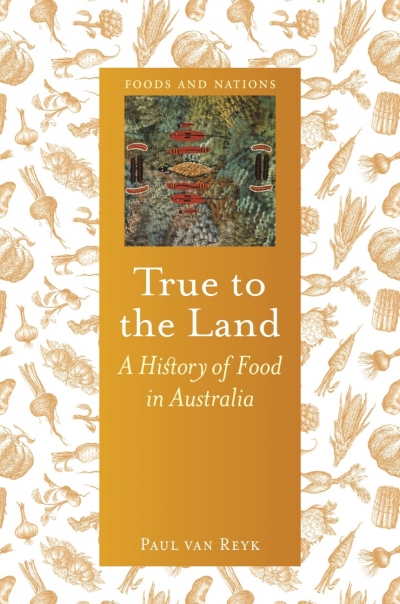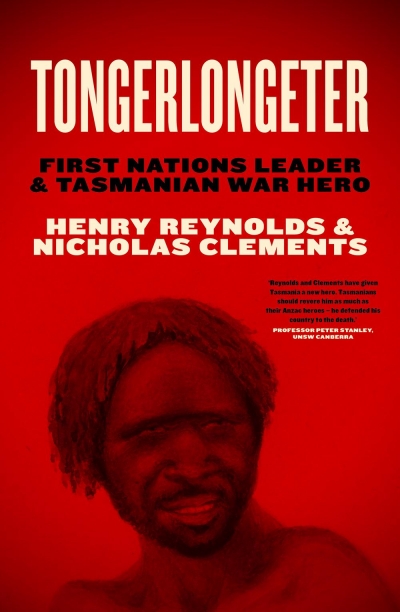Australian History
Melbourne’s Moreland City Council recently agreed to adopt a new name, after petitioning by Wurundjeri Woi-wurrung community leaders and prominent local non-Indigenous representatives. The petitioners argued that the name ‘Moreland’, adopted in 1839 by Scottish settler Farquhar McCrae, derived from a Jamaican slave plantation. Renaming the council was an opportunity to bring about greater awareness of both the global legacies of enslavement and the history of Indigenous dispossession. In this week’s episode, Samuel Watts reflects on the politics of memorialisation and its impact on public conceptions of history.
... (read more)History Wars: The Peter Ryan–Manning Clark controversy by Doug Munro
by Mark McKenna •
Lines of Fire: Manning Clark and Other Writings by Peter Ryan
by Peter Pierce •
True to the Land: A history of food in Australia by Paul van Reyk
by Gay Bilson •
Vandemonians: The repressed history of colonial Victoria by Janet McCalman
by Alan Atkinson •
The Women of Little Lon: Sex workers in nineteenth-century Melbourne by Barbara Minchinton
by Paul Dalgarno •
Title Fight: How the Yindjibarndi battled and defeated a mining giant by Paul Cleary
by Stephen Bennetts •
French Connection: Australia’s cosmopolitan ambitions by Alexis Bergantz
by Jim Davidson •
Tongerlongeter: First Nations leader and Tasmanian war hero by Henry Reynolds and Nicholas Clements
by Libby Connors •










